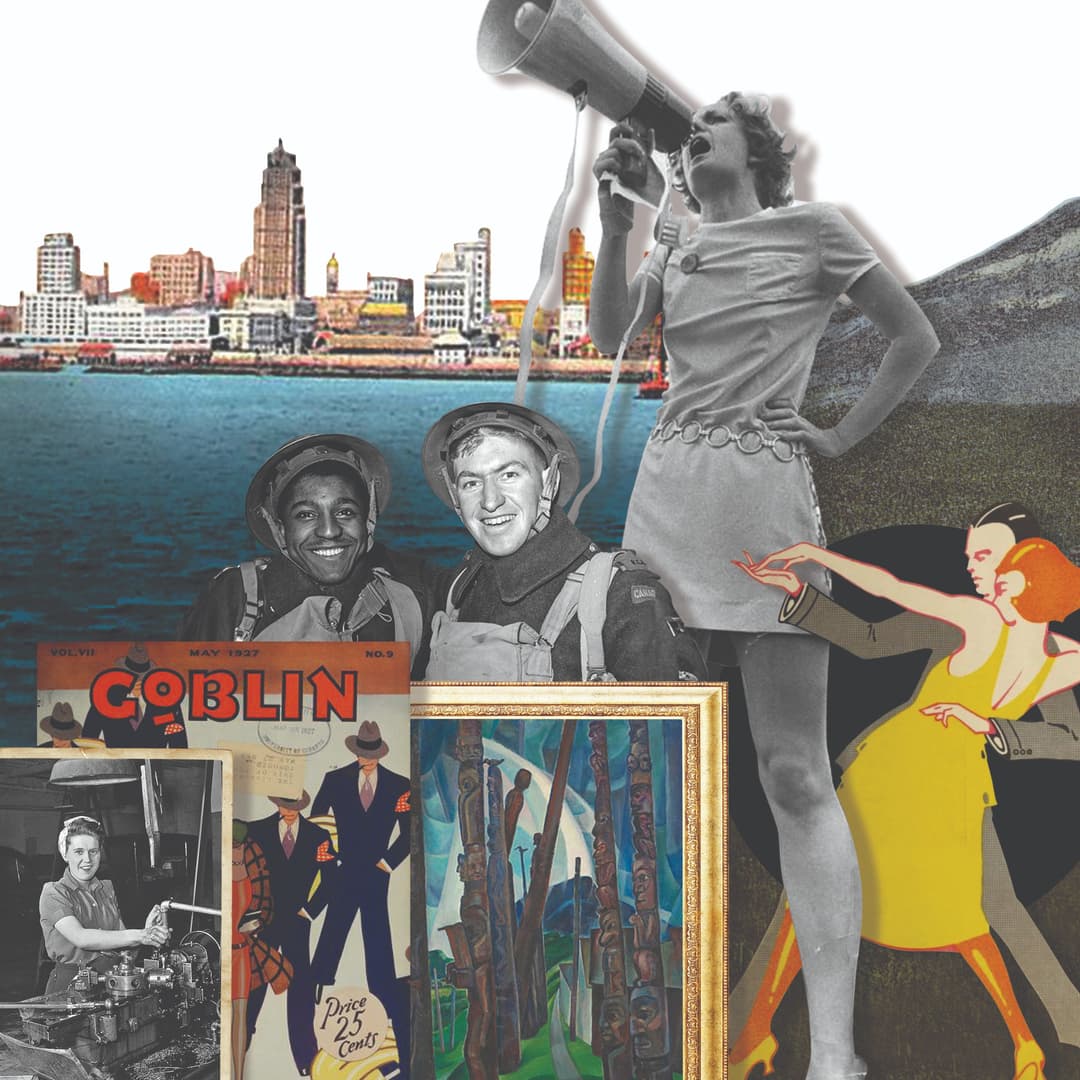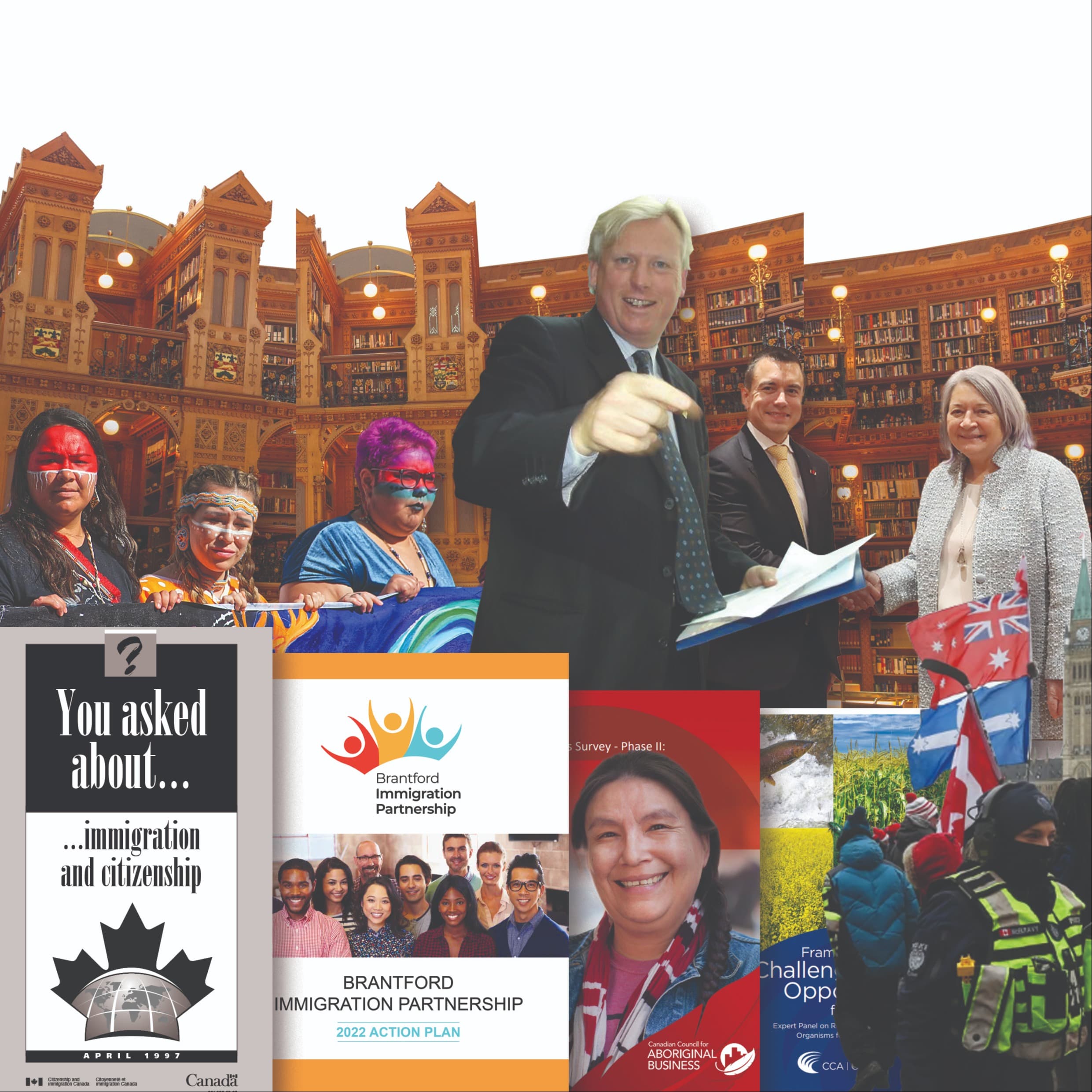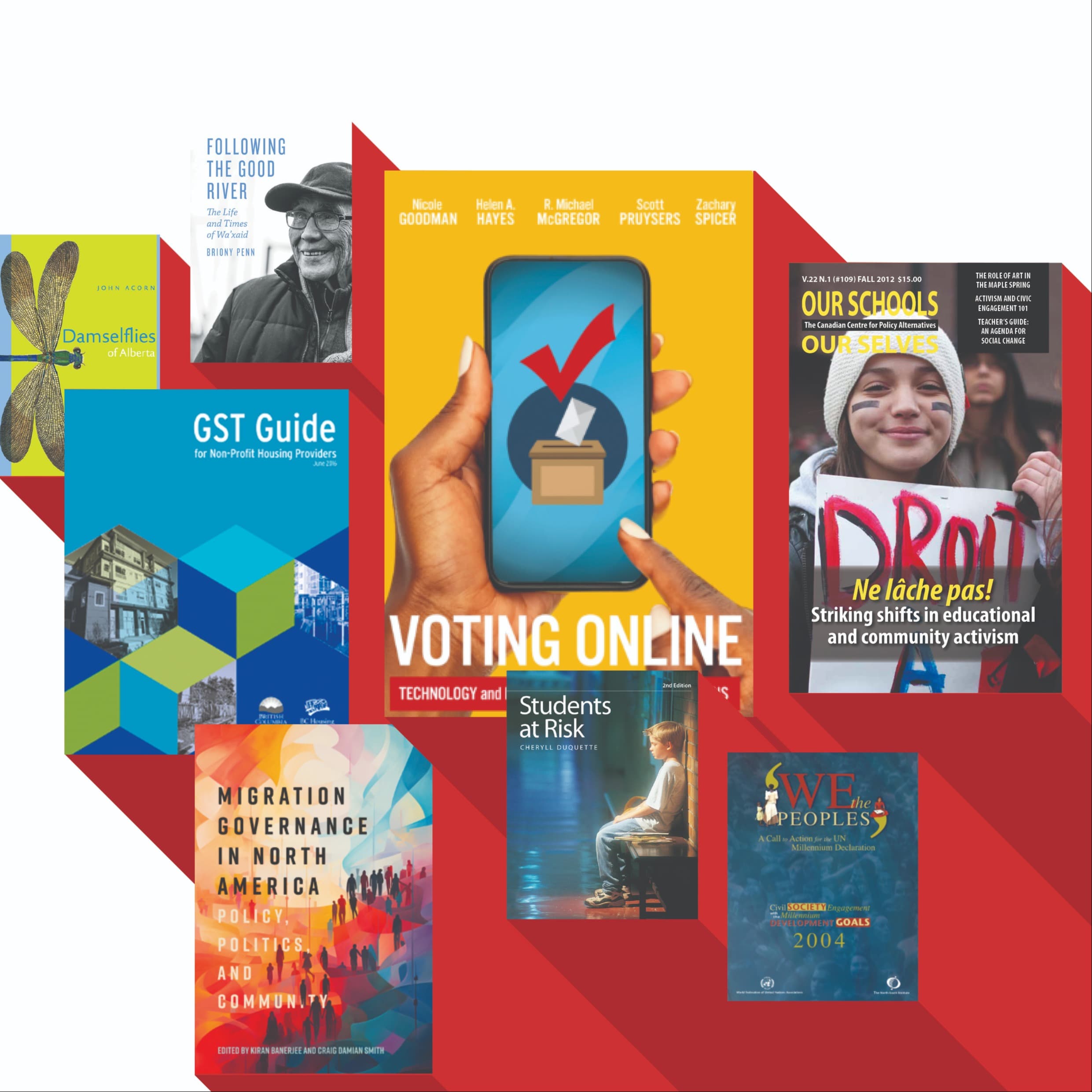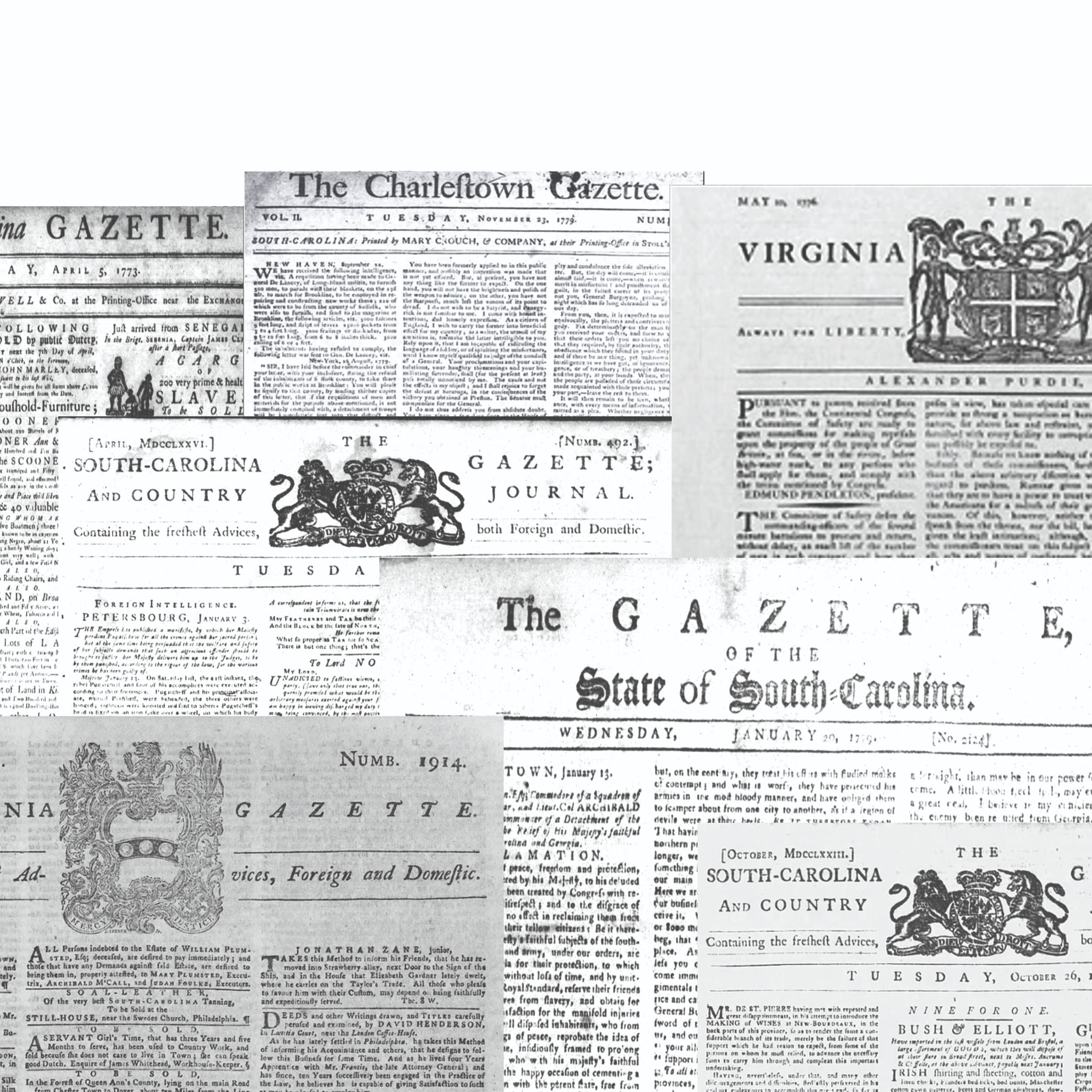Rare primary sources—digitized for the first time—include previously out-of-reach periodicals, newspapers, serials, and ephemera, from grassroots publications to professional journals, spanning nearly two centuries of Canadian history.
The content traces the evolution of Canadian identity—settlement and migration, colonial legacies, Indigenous resistance, political reform, cultural expression, and urban and rural transformation.
At a glance
1825–1970
The evolution of cultural identity in Canadians' own words. Part 1: 1825–1899 and Part 2: 1900–1970
290,000+
Hundreds of thousands of pages of rare historical and literary publications, previously undigitized
Yonge Street c. 1895
Part 1 (1825–1899): The cultural foundations of a country in formation
The 19th century in Canada was a period marked by ambition, imagination, and nation building. More than 90,000 digitized pages from some of Canada’s earliest publications capture a country learning to define itself through architecture, literature, religion, satire, photography, and Indigenous voices.
How did Canada become Canada? These are the raw materials for understanding how a nation imagined itself into being—foundational debates and narratives, for unraveling the complexities of national identity. The collection constructs Canadian cultural history from the ground up, through its own print vernacular.
Research and teaching across history, Indigenous studies, visual culture, literature, and theology are now supported through rare materials accessible online for the first time—from architectural drawings and photographic journals to religious commentary and political satire.
Select highlights include:
The Dominion Illustrated Monthly, illustrating how visual media shaped early nationalism
Grinchuckle, The Poker, and The Growler, conveying the biting humor of their time
The Canadian Indian, Shingwauk Journal, and Algoma Missionary News, representing the Indigenous perspective
The Canadian Pictorial and Illustrated War News, offering a vivid, visual narrative of wartime experiences through illustrations and reports
Canadian Architect and Builder, chronicling the development of the architecture and construction industries
Canadian Journal of Photography, The Liberal Christian, and The Trip Hammer, providing insights into culture, religious thought, and artistic expression
Part 2 (1900–1970): Canadians in a century of transition, captured in their own words
Over 200,000 pages cover wars, postwar reinvention, depression, protests, and the cultural transformation of the 1960s—in literary magazines, activist newspapers, art journals, newspapers, and cultural commentary. World Wars, the Roaring Twenties, the Quiet Revolution... The collection tracks how a nation in motion navigated global events, domestic movements, and cultural reinventions, as recorded in its own words.
Diverse voices are heard in both mainstream and alternative publications, including these select examples:
military newsletters (Khaki and The Ranger)
labor newspapers (Ontario Workman)
community publications (The Canadian Negro and Nisei Affairs)
art and architecture innovations (City Lights and Maritime Art)
literary expression and experimentation (The Grip-Sack and The Rebel)
social and political history (Toronto Daily News and Wilson’s Monthly)
Global research value: Canadian history in the context of Commonwealth history
The value of the collection reaches beyond national borders. Canadian History and Culture has value for cross-national research.
Scholars of British history can trace how the relationship between Canada, as a colony and dominion, and Great Britain, as the imperial power, evolved over time.
Commonwealth researchers can explore Canada’s contributions to shared political ideologies, diasporic movements, and decolonization debates.
Global Studies scholars will find transnational connections in everything from missionary work and military service to labor activism, migration, and race relations.
Canadian History and Culture opens vital new paths for international scholarship—and establishes Canada as a central intersection in the global historical record.
Sourced from McLaren, editorially curated by Trojman, digitized by Canadians
Canadian History and Culture is a Canadian project, created by Canadians, for Canadians. It's a locally driven effort that values preservation, accessibility, and national cultural stewardship.
In 2024, Coherent Digital and Ontario-based Trojman Corporation, acquired the rights to more than 1.5 million pages of rare content from McLaren Micropublishing, including more than 200 microform collections of Canadian newspapers, serials, and other publications—collections used by major libraries around the world. Coherent and Trojman are digitizing the microform as the basis of Canadian History and Culture, and digitization is taking place in Canada.
Want a trial?
Free, 30-day trial offered with training
Flexible pricing options, tailored to your institution's needs
Ask your sales rep about collection packages that offer the best value



